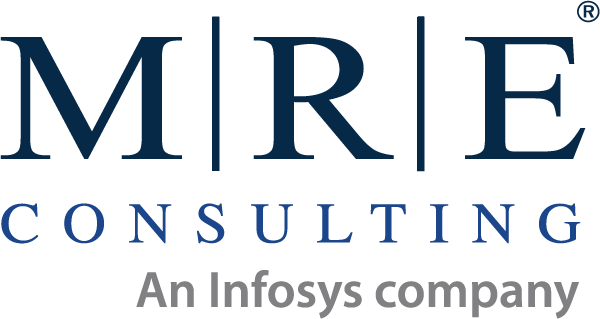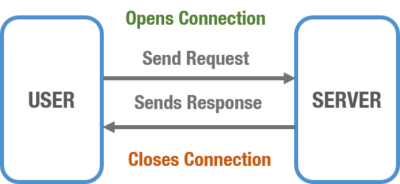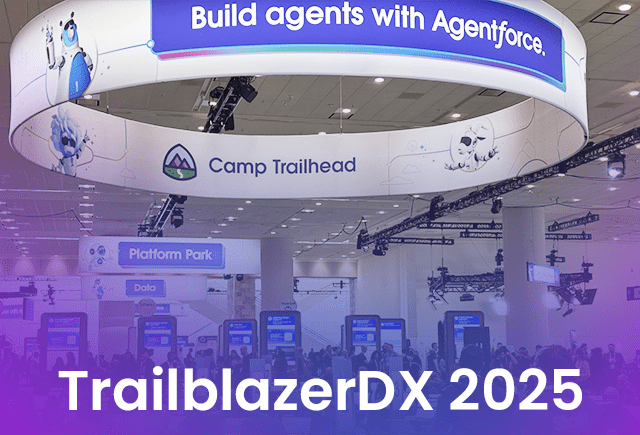Part 1: Introduction to Event Driven Architecture (vs. Point to Point)
By: Nathan Neikirk, Salesforce Consultant
![]() This May, I was fortunate enough to attend my first Salesforce conference – Texas Dreamin’. Texas Dreamin’ is an annual community-led conference that brings together Salesforce enthusiasts from all corners of the Lone Star State. Led by a passionate group of Salesforce Community leaders, the event aims to empower Salesforce customers, administrators, developers, and partners through a vibrant mix of knowledge-sharing, skill-building, and networking. Conference content embraces those interested in pursuing a Salesforce career or those already using Salesforce, creating a dynamic atmosphere for building meaningful connections and propelling professional growth.
This May, I was fortunate enough to attend my first Salesforce conference – Texas Dreamin’. Texas Dreamin’ is an annual community-led conference that brings together Salesforce enthusiasts from all corners of the Lone Star State. Led by a passionate group of Salesforce Community leaders, the event aims to empower Salesforce customers, administrators, developers, and partners through a vibrant mix of knowledge-sharing, skill-building, and networking. Conference content embraces those interested in pursuing a Salesforce career or those already using Salesforce, creating a dynamic atmosphere for building meaningful connections and propelling professional growth.
There were over 75 sessions at this year’s conference, but one topic dominated my conference schedule: Event-Driven Architecture, with a particular focus on Pub/Sub APIs and Salesforce Platform Events. During these sessions, I was able to further explore these subjects, discovering how these technologies can revolutionize Salesforce development and integration. Leaving the conference, I was really excited about the future of event-driven architectures and their potential to transform Salesforce workflows.
This is Part 1 of a series to walk through Event Driven Architecture with insights from Texas Dreamin’ sessions and Salesforce leading practices to better equip you for future implementations for Event-Driven.
Event-Driven Architectures at Texas Dreamin’: A 4-part Series
Part 1: Introduction to Event Driven Architecture (vs. Point to Point)
- What are Event-Driven Architectures?
- Benefits of Traditional Point-to-Point Architectures
- Drawbacks of Point-to-Point Architectures
Part 2: Classifying Event-Driven Architectures
Part 3: Event Driven Architecture in Salesforce
Part 4: Should YOU implement Event Driven Architectures?





